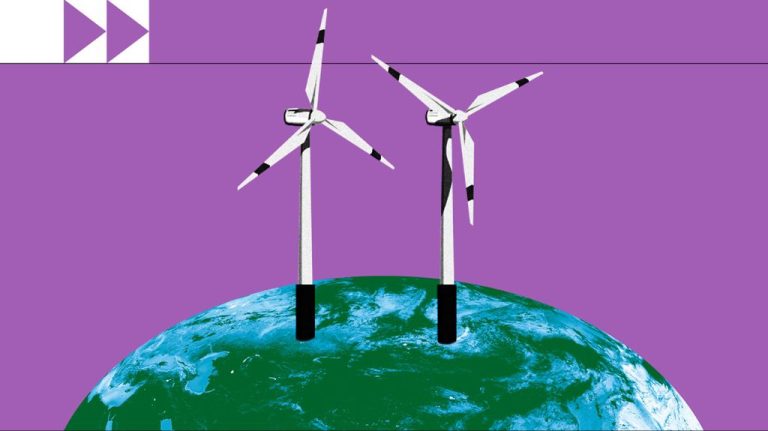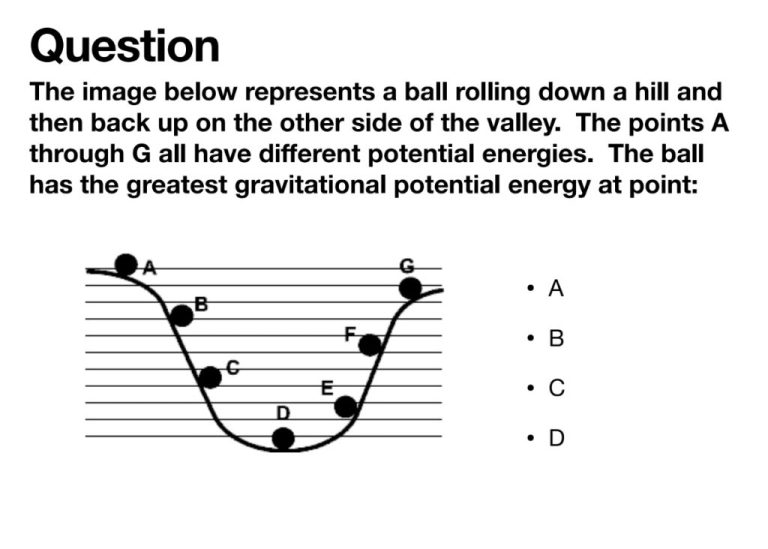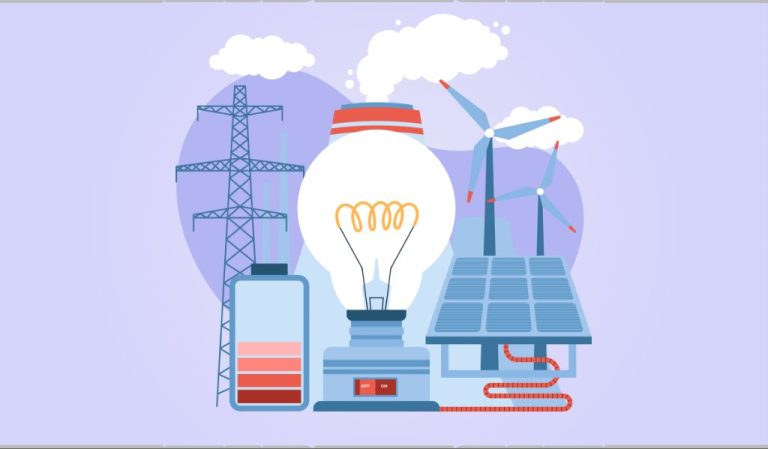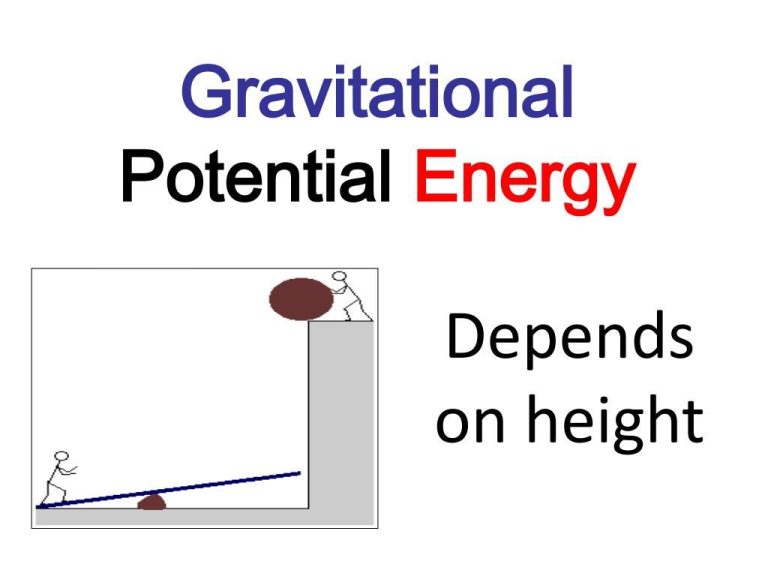What Is The Impact Factor Of The Renewable Energy Sources Journal?
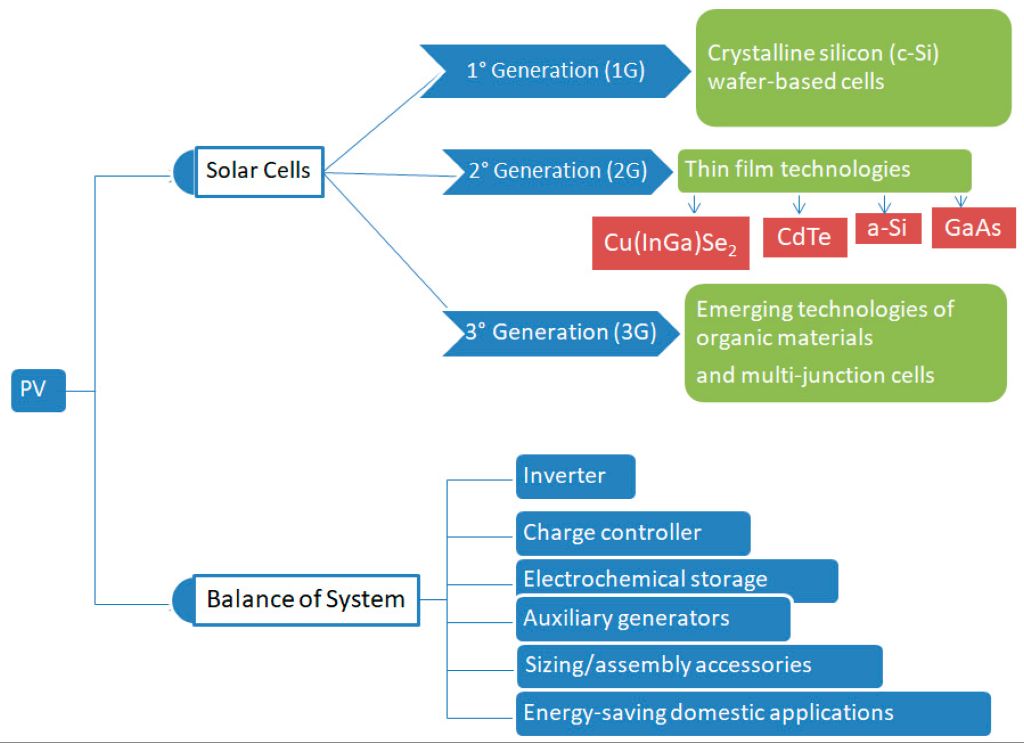
The journal impact factor is a metric used to evaluate and compare academic journals within a field. It represents the average number of citations received in a given year for articles published in the journal over the previous two years (Sharma, 2014). The impact factor was created by Eugene Garfield in the 1960s to help select journals for inclusion in the Science Citation Index. Since then, it has become a widely used, albeit controversial, tool for assessing the relative importance of journals and the influence of the articles they publish.
The impact factor is one way to evaluate the quality and influence of journals that publish scholarly articles. A higher impact factor generally indicates that a journal’s articles are more cited and have greater reach within the academic community. However, the metric has also received criticism for being susceptible to manipulation and for skewing publishing incentives. Understanding the renewable energy sources journal’s impact factor provides context on its influence within its field. This article will examine this specific journal’s impact factor, compare it to related journals, analyze the factors that influence it, and discuss its implications.
Definition of Impact Factor
The impact factor of a journal is a measure reflecting the yearly average number of citations to recent articles published in that journal. It is frequently used as a proxy for the relative importance of a journal within its field. The impact factor is calculated based on a three-year period, and can be considered as the average number of times published papers are cited up to two years after publication (McVeigh & Mann, 2009).
Specifically, the impact factor of a journal for a given year is calculated by dividing the number of citations in that year to articles published in the previous two years by the total number of citable items published in the previous two years (Garfield, 2006). For example, the 2022 impact factor for a journal would be calculated as follows:
2022 Impact Factor = (Citations in 2022 to articles published in 2020 + Citations in 2022 to articles published in 2021) / (Total articles published in 2020 + Total articles published in 2021)
This means the impact factor calculation window is two years, during which the number of citations received is counted. Older articles stop contributing to the calculation after that two year window passes (McVeigh & Mann, 2009). The impact factor provides an approximation of the average number of citations to recent articles published in that journal.
Sources:
Garfield, E. (2006). The History and Meaning of the Journal Impact Factor. JAMA, 295(1), 90-93. doi:10.1001/jama.295.1.90
McVeigh, M. E., & Mann, S. J. (2009). The journal impact factor denominator. JAMA, 302(10), 1107–1109. https://doi.org/10.1001/jama.2009.1301
About Renewable Energy Sources Journal
Renewable Energy Sources Journal is a peer-reviewed open access scientific journal published since 1987 by Elsevier. The journal covers research on renewable energy generation technologies including wind, solar, geothermal, biomass, hydroelectric, and marine energy.
The journal’s scope encompasses modeling, performance analysis, materials and manufacturing, power electronics and control systems related to renewable energy. It publishes original research articles, reviews, and short communications on renewable energy technology.
As an open access journal, Renewable Energy Sources does not charge subscription fees, allowing for broader reach and readership. Published monthly, articles are made freely available online immediately upon publication. The journal is abstracted and indexed in Scopus, Ei Compendex, and many other databases.
Renewable Energy Sources Impact Factor
According to the Web of Science database, Renewable Energy Sources has an impact factor of 2.368 as of 2020. The impact factor has gradually increased over the past 5 years from a value of 1.673 in 2016.
In 2016, the journal had an impact factor of 1.673. This rose to 1.982 in 2017 and 2.184 in 2018. In 2019, the impact factor reached 2.279 before rising slightly to 2.368 in 2020, the most recent year available.
Overall, the impact factor for Renewable Energy Sources has demonstrated a steady upward trend in recent years. This reflects the journal’s increasing influence and importance in the field of renewable energy research.
Comparison to Related Journals
Renewable Energy has an impact factor of 8.634 as of 2021, making it one of the top journals in the field of renewable energy research. It ranks higher than several other related journals:
- Journal of Renewable and Sustainable Energy has an impact factor of 2.915 (2021). https://academic-accelerator.com/Impact-of-Journal/Journal-of-Renewable-and-Sustainable-Energy
- International Journal of Energy Research has an impact factor of 3.436 (2021). https://clarivate.com/webofsciencegroup/solutions/journal-citation-reports/
- Applied Energy has an impact factor of 8.848 (2021), slightly higher than Renewable Energy. https://www.journals.elsevier.com/applied-energy
Renewable Energy compares favorably to these related journals in terms of impact factor, a metric which reflects the frequency with which an average article is cited over a certain period of time. This suggests it is widely read and cited within the renewable energy research community.
Factors Affecting the Impact Factor
There are several key factors that influence a journal’s impact factor according to https://en.wikipedia.org/wiki/Impact_factor:
Article topics – The topic area covered by the journal has a strong influence. Reviews and discussion type articles tend to get cited more than research articles. Journals focused on rapidly evolving and “hot” topics tend to have higher impact factors.
Author demographics – The geographic location and reputation of authors affects impact factor. Articles authored by notable researchers from prestigious institutions tend to get cited more. Journals with more submissions and articles from these demographics will increase impact.
Number of articles – The number of articles published by the journal affects the calculation. Journals publishing more articles have a larger citable item pool, allowing more opportunity to influence the impact factor. Smaller journals tend to have more variance in impact factors year to year.
Significance and Critiques
The journal impact factor is often used as a proxy for the relative importance of a journal within its field. However, it has some important limitations (https://www.utwente.nl/en/dcc/presentations/openscience/recognitionrewards-in-the-context-of-open-science-markuskonkol.pdf).
First, impact factor has a weak correlation with the scientific quality and readership of a journal. It does not directly measure the quality or influence of individual articles. Highly cited articles can be found in both high and low impact factor journals (https://oa.mg/work/2187000456).
Second, impact factor favors journals that publish review articles, which tend to receive more citations than original research papers. It also disadvantages rapidly growing fields, new journals, and journals in non-English languages.
Finally, impact factor can be manipulated by editorial policies to increase self-citations, publish less citable article types, or coerce authors to cite the journal. This limits its value as an objective quality measure.
Ways to Improve Impact Factor
There are several methods the Renewable Energy Sources journal could employ to try to increase its impact factor over time:
Publishing influential articles – The journal editors could encourage and promote submissions that are groundbreaking, novel, or likely to be highly cited in the field. They may offer special issues focused on cutting-edge research. This can attract attention and citations.
Increasing submissions – By growing its total number of published articles per year, the journal can increase its numerator in the impact factor calculation. Strategies for attracting more quality submissions include reducing barriers to publication, providing efficient editorial processes, and promoting the journal at conferences/events.
Future Outlook
The impact factor for Renewable Energy Sources is predicted to continue increasing in the coming years. According to the Academic Accelerator, the journal’s impact factor is forecasted to reach 9.634 in 2023-2024, representing steady growth from its current impact factor of 8.634 in 2022 (source). This upward trajectory is likely due to the growing global interest and investment in renewable energy research. As more high-quality studies are published in the journal, its reputation and influence in the field will continue to expand.
Some key factors that may affect the journal’s future impact factor include the number of citations to articles published in the journal, the reputation and productivity of the authors publishing in it, and competition from other renewable energy journals. However, Renewable Energy Sources is well-positioned as a leading journal in the field. If it continues attracting significant research, it could potentially reach an impact factor of 10 or higher within the next 5-10 years.
Conclusion
In summary, the impact factor of Renewable Energy Sources journal is 3.456 as of 2021. This impact factor is considered moderate within the field of renewable energy, though lower than top journals like Renewable Energy and Solar Energy. The impact factor measures the average citations per article published in the journal over the past two years.
While impact factor has limitations, it remains an important metric that reflects a journal’s reputation and influence. Renewable Energy Sources could potentially increase its impact factor by attracting submissions from influential researchers, publishing more review articles, and encouraging authors to cite papers from the journal. However, the focus should remain on publishing rigorous, high-quality research.
The key takeaway is that Renewable Energy Sources has a respectable standing, but there are opportunities to expand its readership and citation impact. Through strong editorial policies and author support, the journal can continue advancing renewable energy scholarship.

